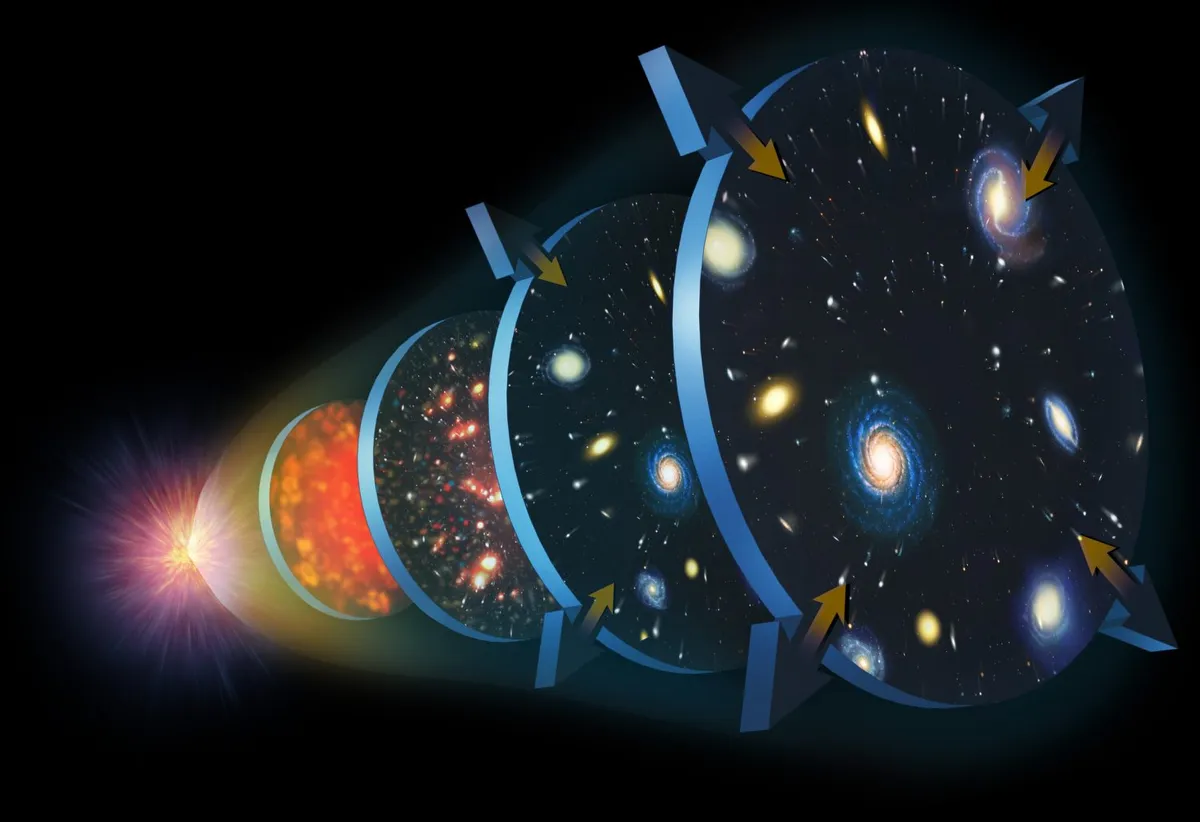It’s human to feel alarmed by the sheer emptiness of space.
Now, astronomers from the University of Portsmouth in the UK suggest this unsettling vastness may be worse than we thought.
More mind-blowing space science

They reckon Earth, our entire Solar System and even our entire Milky Way sits inside a mysterious giant hole.
This void, they believe, may cause the cosmos to expand more quickly in our local environment than in other parts of the Universe.

A solution to a cosmic problem
The idea that Earth and the Milky Way are sitting in a void was proposed as a way of solving what’s known as the Hubble tension (or the Hubble crisis).
This is a conundrum that has puzzled astronomers for years.
The tension refers to the fact that the rate of the expansion of the Universe varies depending on where it’s measured.

This discrepancy is a major problem for cosmologists, who need to know the expansion rate to accurately determine the Universe’s age.
“A potential solution to this inconsistency is that our Galaxy is close to the centre of a large, local void,” explains Dr Indranil Banik, who proposed the idea at an astronomy conference in Durham in the UK.
Banik presented data examining baryon acoustic oscillations (BAOs) – which roughly translate as the ‘sound’ of the Big Bang.
The findings showed that a void model is about 100 million times more likely than a void-free model.

Could the theory really be correct?
For this theory to hold, Earth and our local galactic neighbourhood would need to lie near the centre of a void around a billion lightyears in radius, with a density about 20% lower than the Universe’s average.
But the idea of voids is controversial within the cosmology community.
The standard cosmological model instead suggests that matter should be more uniformly spread throughout the Universe.
While the answer hasn’t been definitively found, evidence for the void model could help cosmologists advance our understanding of the Universe’s structure.
This article appeared in the September 2025 issue of BBC Sky at Night Magazine

